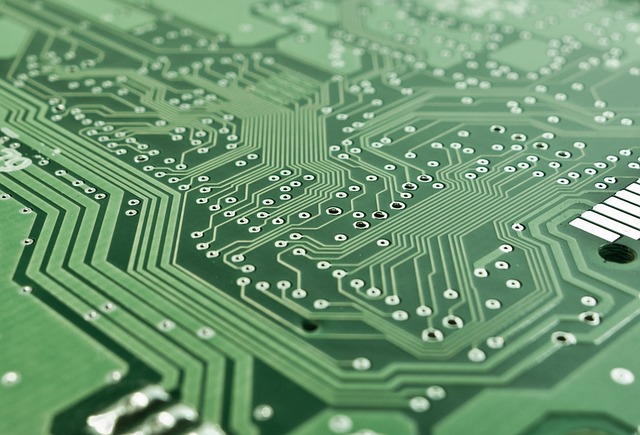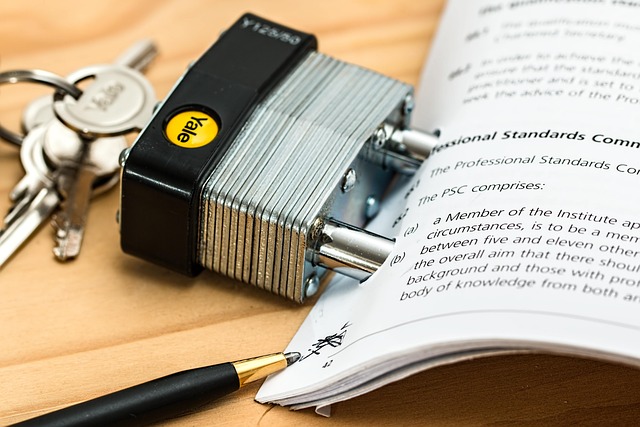
Sdlc Phases
SDLC Phases
The Software Development Life Cycle (SDLC) is a crucial framework that guides the development of software from its initial concept to its final deployment and beyond. Understanding the various phases of the SDLC can help teams ensure that their software is not only functional but also meets the needs of its users. Let’s break down these phases in a friendly and approachable manner.
1. Planning
The first phase of the SDLC is all about planning. This is where the groundwork is laid. Teams gather to discuss the project’s goals, scope, and feasibility. It’s like setting the foundation for a house; without a solid plan, everything else can crumble. 🏗️
2. Requirements Analysis
Next up is the requirements analysis phase. Here, developers and stakeholders come together to outline what the software needs to do. This step is crucial because it ensures that everyone is on the same page about the features and functionalities. Think of it as creating a detailed blueprint before construction begins.
3. Design
Once the requirements are clear, the design phase kicks in. This is where the software’s architecture and user interface are crafted. Designers create mockups and prototypes, giving a visual representation of how the final product will look and feel. It’s an exciting phase, as ideas start to take shape! 🎨
4. Coding
Now comes the coding phase, where developers write the actual code. This is where all the planning and design work comes to life. It’s a critical step, as it involves translating the design into a functional software application. Developers need to be meticulous here to avoid bugs later on.
5. Testing
Testing is like a quality inspection on a production line. This phase is essential for identifying any bugs or glitches that may have slipped through during coding. Thorough testing ensures that the software is reliable and meets the specified requirements. It’s better to catch issues now than to deal with them after deployment!
6. Deployment
Once testing is complete and the software is polished, it’s time for deployment. This phase involves releasing the software to users. It’s a significant milestone, similar to a grand opening for a new store. However, the work doesn’t stop here; feedback from users can lead to further improvements.
7. Maintenance
The final phase is maintenance. Just like a homeowner needs to keep their house in good shape, software requires ongoing updates and support. This phase ensures that the software remains relevant and functional over time, adapting to any new requirements or technologies that emerge.
In summary, the SDLC is a structured approach that helps teams navigate the complexities of software development. By following these phases, developers can create high-quality software that meets user needs and stands the test of time.

















 Shishupal Parvat: The Mountain That Tells Tales
Shishupal Parvat: The Mountain That Tells Tales 
 Health
Health  Fitness
Fitness  Lifestyle
Lifestyle  Tech
Tech  Travel
Travel  Food
Food  Education
Education  Parenting
Parenting  Career & Work
Career & Work  Hobbies
Hobbies  Wellness
Wellness  Beauty
Beauty  Cars
Cars  Art
Art  Science
Science  Culture
Culture  Books
Books  Music
Music  Movies
Movies  Gaming
Gaming  Sports
Sports  Nature
Nature  Home & Garden
Home & Garden  Business & Finance
Business & Finance  Relationships
Relationships  Pets
Pets  Shopping
Shopping  Mindset & Inspiration
Mindset & Inspiration  Environment
Environment  Gadgets
Gadgets  Politics
Politics 